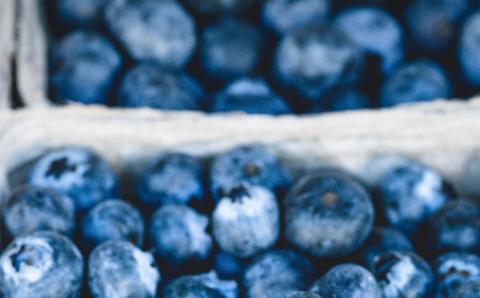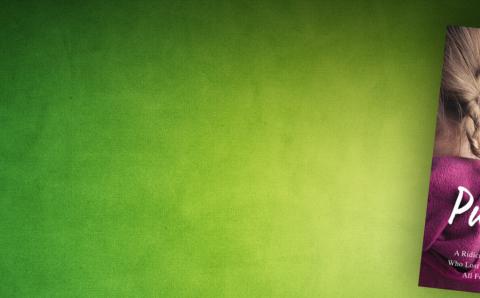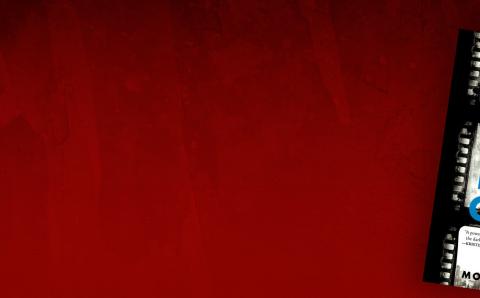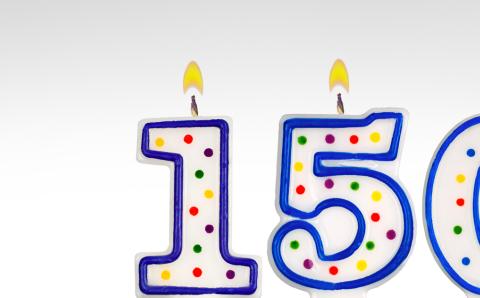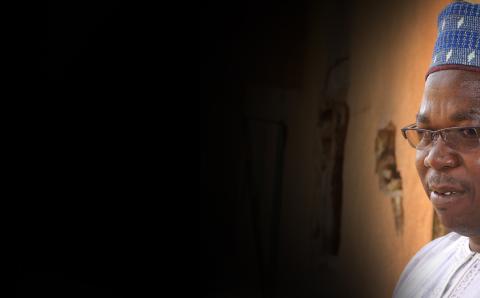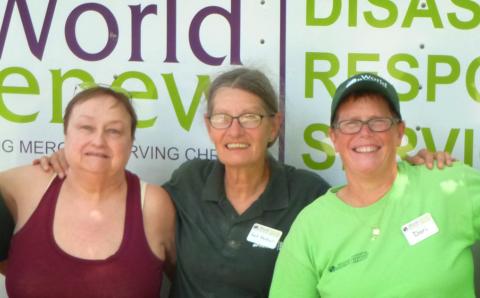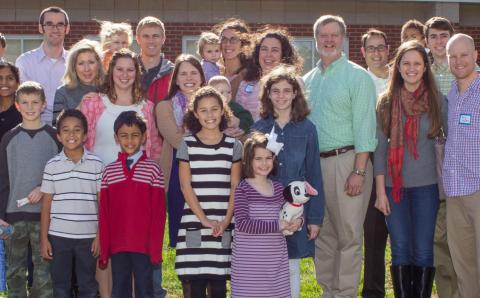On the fifth day, God made feathers.
All birds have feathers, but not all birds fly. Feathers come in lots of shapes and sizes and colors, and they have lots of different jobs. It’s easy to see how awesome God is when we look at huge mountains and towering trees, but we can also see how amazing our God is when we study some of the tiny details of creation. Let’s take a closer look at feathers.
A Forest of Feathers
If you look closely at a feather—especially if you have a magnifying glass—you’ll notice that it actually looks a lot like a tree. The feather has a trunk, or shaft, with lots and lots of parallel branches called barbs. If you look extra carefully, you will see that the barbs have branches too. These are called barbules, and the barbules have tiny thorns called hooklets. The hooklets and barbules lock together, forming a smooth surface that acts as a barrier.
Different Kinds of Feathers
Contour feathers. This is the outer layer of feathers that covers the body and includes the wing and tail feathers used for flight.
Down. Small, fluffy feathers found underneath the contour feathers trap air for insulation.
Powder down. As these small, fluffy feathers grow, the ends break down and form a water-resistant substance.
Semiplume. A cross between a contour and down feather, these provide shape and insulation.
Filoplume. These hair-like feathers grow around the base of flight feathers. Scientists think they may be part of the bird’s sensory system.
Bristle. These hair-like feathers are found around the bird’s eyes and bill. They act as filters (like eyelashes) and are also associated with a sense of touch.
Feathers Aren’t Just for Flying
- Ask a parent to take you on a walk to a pond, lake, river, or marshy area to watch the ducks splashing around. Notice that water beads up and rolls right off a duck’s back! Ducks and some other water birds have a little gland at the base of their tail. When the duck preens, it rubs a waxy oil from this gland over its feathers. Feathers make ducks waterproof!
- Some birds use their brightly colored feathers to attract a mate. There are birds in every color of the rainbow. Many brightly colored birds are tropical, but we have lots of colorful birds right here in North America. See if you can find pictures of the wood duck, cardinal, blue jay, scarlet tanager, yellow warbler, indigo bunting, and Baltimore oriole. How many of these can you find outdoors?
- Other birds’ feathers provide camouflage to keep them safe. Imagine if you were a bright-red cardinal sitting on its eggs. You probably wouldn’t feel very safe! That’s why the parent who sits on the eggs (usually the female) is duller and browner than the male. Other birds that use their feathers for camouflage are whip-poor-wills, who blend in with dried leaves, and brown creepers, who look like tree bark. Ptarmigans living on the tundra get white feathers for the winter so that they blend in with the snow and brown feathers in the summer to match the brown leaves.
- Feathers also help birds keep warm. Remember how down feathers trap air for insulation? The female eider duck, who nests in the far North, lines her nest with her own down feathers to keep her eggs and babies warm. If you live in a cold climate, those same down feathers, used as stuffing in a jacket, might be insulating you too!
Special Feathers
Woodpeckers have special stiff tail feathers with narrow pointed tips. These help to prop the woodpecker up against the tree as it works. Brown creepers also have these feathers.
The feathers of an owl’s wing have a soft velvety surface, a comb-like leading edge, and a soft fringe on the trailing edge. These characteristics affect air flow over the wing and allow the owl to fly silently.
Snipe have special narrow outer tail feathers that vibrate when they fly, producing a sound called winnowing. Similarly, the American woodcock has narrow outer wing feathers that make a twittering sound.
Ptarmigans have heavily feathered feet—built-in insulated snowshoes!
Fun Feather Facts
- Feathers are made of keratin, just like our hair and nails.
- The Great Blue Heron has a special comb-like claw for grooming its feathers.
- Some feathers are patterned with skinny, squiggly lines, called vermiculations, from the Latin word for worm. Can you see why?
The green heron sometimes uses a floating feather as bait to lure fish.
The shimmering iridescent color on hummingbirds is produced by light traveling and reflecting through layers of tiny air bubbles on the surface of the bird’s feathers.
Feathers in the Bible
Feathers and wings are mentioned all through the Bible, especially in the psalms. You might also see the word pinion. Pinions are the outer flight feathers of a bird’s wing. Here are some verses to look up:
Exodus 19:4
Deuteronomy 32:11
Job 39:13
Psalm 55:6
Psalm 57:1
Psalm 61:4
Psalm 63:7
Psalm 68:13
Psalm 91:4
Isaiah 40:31
Luke 13:34
Rachel Lancashire is a nursery worker (plants, not kids) and freelance writer with an educational background in wildlife. She grew up in the CRC but currently attends Gilmour Memorial Baptist Church in Selwyn, Ont.
About the Author
Rachel Lancashire is a freelance writer with an educational background in wildlife. She grew up in the Christian Reformed Church and currently attends Gilmour Memorial Baptist Church in Selwyn, Ont.


